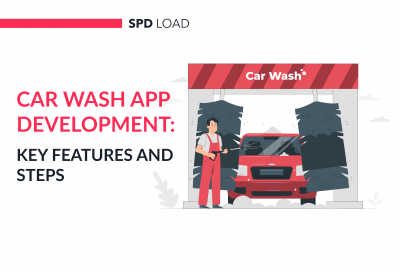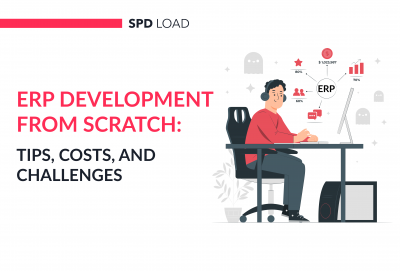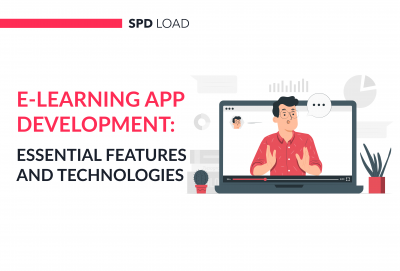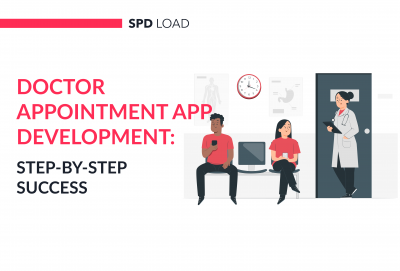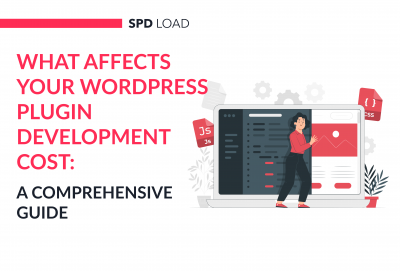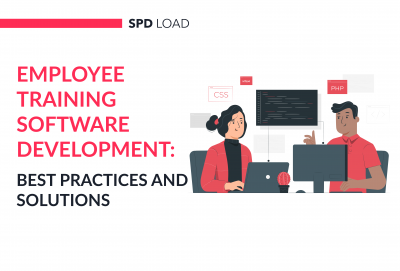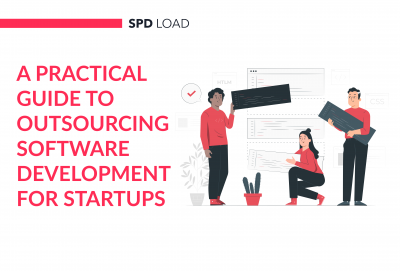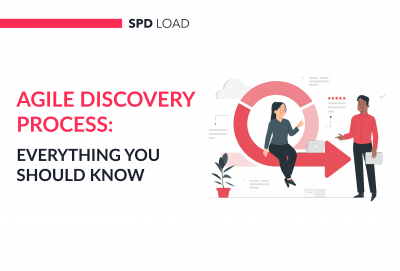Top 12 Crucial Design Interview Questions
- Updated: Nov 14, 2024
- 9 min
Based on the Statista data, the total number of web developers and designers in 2020 reached approximately 178,900. It is estimated that this number will hit the 205K point in 2030.
There are lots of knowledgeable and skilled designers out there but the task of finding one for a specific project can still pose some difficulties.
If you are hiring a graphic artist and worrying that you may overlook something important, we recommend doing the following:
- Determine your needs. What type of professional relationships do you want to establish with an artist? Will it be one-off project assistance or an ongoing partnership? Do you have a sufficient budget to employ a designer as a staffer?
- Characterize your project. Do you need an overarching branding campaign for your startup or you are just looking for a person, who can create a couple of printing pieces? The specification of a project helps sieve through the high-quality candidates.
Pro Tip: If you have a vague idea of what exactly you need, it makes sense to compile a list of all places where you’d like to advertise your business.
Thus, an expert will grasp your requirements better and create a bespoke offer based on them.
If you own a startup and wonder how to hire graphic designer, who can create fantastic promotional materials, the recommendations provided below will surely come in handy.
Starting strong is critical – check out these business startup tips that offer valuable insights.
Transform your ideas into reality with our top-tier UI/UX designers — contact us to get started!
1. Personal Traits
Have you ever wondered why 2 designers with identical professional skills have totally different scopes of activities?
One of them earns by fulfilling rigmarole tasks, while the other partakes in creative projects with a tidy income.
Do personal qualities affect professional success? What kind of person a designer should be to get a well-paid position?
Sociability
An artist needs to communicate with clients, team members, and prospects all the time. So, he/she should build a rapport easily and maintain good relationships along the way.
Curiosity
What is a Reuleaux triangle? Who stands behind mondrianism? What colors has Pantone released in 2020? New terms and styles in design spring up every year, and a good designer should be curious about all those innovations.
To stay in the loop of the progress, experts master new techniques, attend webinars and master classes, and participate in offbeat projects.
Ability to take criticism
Any company isn’t infallible and there have been many failures in the history of design. For example, Wolff Ollins was in charge of the design of the logo for the 2012 Olympic Games.
Many critics called it “disgusting” and “an artistic fiasco”, and average people were also dissatisfied with the result.
However, the agency rode the name-and-shame period through and came up with interesting concepts for future projects.
Thanks to such an approach to criticism, they managed to go through the challenging period and even find reputable clients, e.g., Uber, later.
Power of observation
Talented designers can find concepts for their creations in the objects surrounding them. Of course, there are lots of interesting ideas on Behance but some of them may be traced across different campaigns whether it is updating or building a brand from scratch.
So, if an artist can turn average things into awe-inspiring promotional materials, he/she will definitely become successful. Besides, a keen eye for detail helps designers notice weak points in their work.
Logic
Design resembles mathematics a bit. Typically, there is a task that a designer has to complete, using logical means.
For example, when developing a logo, it is necessary to understand how a single image can translate an idea, philosophy, and specialization of a company.
Besides, a logo must be clear, recognizable, and suitable for different types of media.
2. Experience
Among the things to consider when looking for a designer, you should definitely pay attention to the expertise.
A seasoned artist can turn a simple concept into something really fascinating and even overhaul your initial idea in the way you couldn’t even imagine.
Typically, people engaged in design for a long time have cooperated with clients from different niches and they understand what works best for a particular field.
What’s more, they easily combine creative graphic design ideas for an absolutely unique result.
A person with a solid design background is more willing to take up challenging tasks and completes them efficiently. Besides, experts value their clients and pull their weight for mutual benefits.
Of course, you should ask a designer about his/her experience and the type of tasks he/she is good at.
Examine the portfolio to discern the style and craftsmanship of a designer and whether he/she outpaces competitors. No wonder, a top artist can brag about more impressive skills than a beginner.
While work samples play an important role, we highly recommend evaluating the real-world experience.
This refers to the conditions under which a design was created, a communication style a designer adheres to, how a client and a designer defined their roles in the process, and what time and budget confines were.
If you are satisfied with both a portfolio and real-world experiences – you are really lucky.
To have peace of mind when hiring a graphic artist, it’s better to choose a person engaged in the sphere for 2-5 years.
3. Portfolio
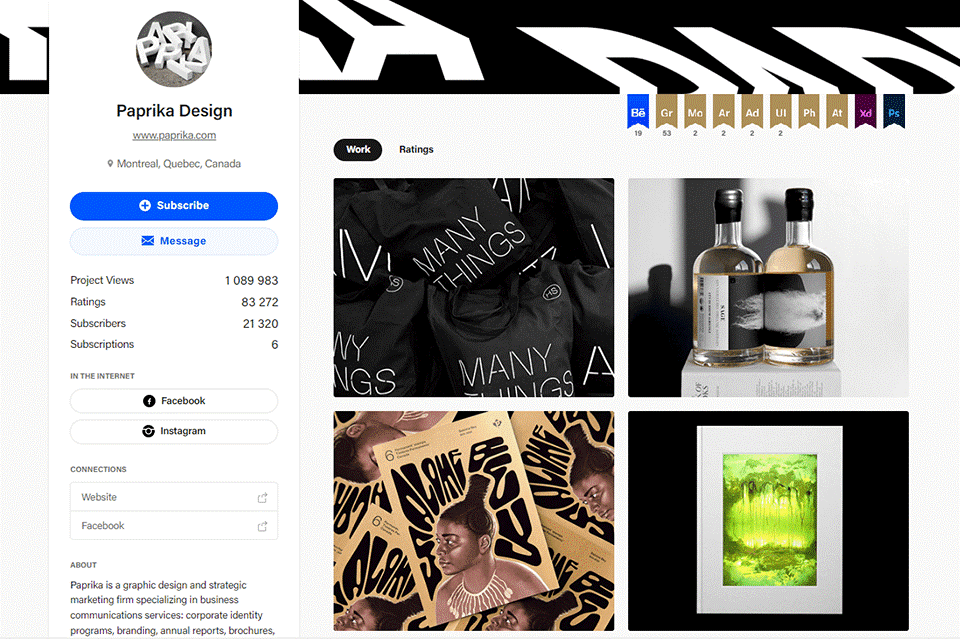
Every designer offering services has a portfolio. Looking through them, you can understand whether a person is up to your demands.
If a portfolio is small or consists of similar works, you are likely to have found a beginner. If a portfolio is extensive, you still should check whether the designs presented there align with what you are searching for.
For instance, if you need a catchy logo for your brand and a designer has a portfolio replete with web design, you’d better keep searching.
Or if you represent a high-tech industry and a designer focuses on retail clients, he/she may fail to understand your audience and prepare the needed materials.
Looking to enhance your site? Here are some examples of good web design to follow.
To summarize, you need to determine your needs and then check if this exact candidate meets your requirements for the project, and if you’re going to create a virtual events platform, check if the designer can cope with such a universal design.
4. Online Reviews
It is a common practice for people on the lookout for specific services is to search the net for reviews. This method is applicable whether you need a freelance designer or want to hire one working in a company.
In the case of freelancers, most of them have a profile on Upwork, Guru, or Hubstaff Talent.
There is a special section where their former clients can rate the quality of the designs, they received by using stars. Besides, they can add text to touch upon the pros and cons of a designer. Such a system is very straightforward.
If you are going to contact a specific person but still want more information, you can ask him/her to give you a link to the account on Freelancer, Dribble, Portfolio, or social networks.
If an expert wants to make a name in the design field, he/she is sure to have at least one of such accounts. There you can find almost all details that affect your choice.
Unlock the power of WordPress with our experts.
5. Payment
No wonder the money you can afford to spend is among the most important things to consider when looking for a designer.
Whether you are going to hire fully functional web design agency with a team of professionals or an individual expert, you should demonstrate that you value their work but want to keep things overt when it comes to generating prices.
You need to discuss all the nuances of calculating the cost with a designer.
Beginner designers may charge less but require you to take a more active part in the process. If you don’t mind spending your time negotiating various issues, go for it.
However, if you don’t feel like participating in the design process and want to get a high-quality result in a short time, you’d better opt for an expert. Seasoned designers know how to organize the work and define prices for their services.
Of course, lower rates are very lucrative, but they may entail more expenses in the long run. If you yearn to get a good product, you need to pay a reasonable price for it.
We recommend steering clear of too undervalued services and extremely deep discounts. There is something wrong with both offers.
According to Upwork, an hourly fee for design work varies from $15 to $150. A typical average rate is $25/hour. However, there are many specialists who don’t use an hourly billing system but charge a specific sum for a particular task.
6. Accessibility
If you are hiring a graphic artist in your neck of the woods, you should organize a one-on-one meeting to discuss all your requirements and confusing points.
Besides, you will understand whether you feel comfortable with the person, which is necessary for fruitful cooperation.
A designer will be able to learn more about your company, the target audience, industry, and competitors. While sharing different ideas, you will be able to grasp whether you are on the same page or if it’s better to reach another specialist.
7. Expectations
Good designers can think outside the box, so you need just to provide them with short guidance and wait for the result. However, if you have something specific in mind, it’s necessary to express your thoughts.
It is really frustrating if you have a particular vision of a future logo but your designer knows nothing about it. So, he/she goes with the gut, presents a logo to you, and sees disappointment on your face.
It is obligatory to shed light on all important aspects to prevent possible confusion or even additional expenses.
If an expert asks you about something, make sure to provide as many details as possible. Sometimes, being wordy doesn’t hurt. The main thing is to stick to the point and respond in a timely manner.
8. Designer’s Requirements
Though you are a client hiring a graphic artist and paying for his/her services, perceive such a deal as a mutually beneficial process. This means that you must do all possible to assist your designer.
In other words, you should understand his/her needs related to documentation, deadlines, briefings, proofing concepts, and the like. If you listen to each other from the get-go, your work will be enjoyable and resultative.
A designer is a person, who tries to cater to your needs, so respect his/her freedom, flexibility, and personality.
9. Trial Project
If you can’t choose between several graphic designers, you should give each of them an identical test order and then evaluate the result.
Choose something that is quick to fulfill, e.g., a simple logo using a logo maker or a small design for your current project.
We also recommend choosing a trial project directly related to your activity so that you can see their competence. Keep in mind that even test tasks are paid.
10. Designer’s Inspirations
Last but not least is the sources of inspiration a designer uses. Working in creative fields, people often grapple with a lack of ideas or motivation, which can be a serious problem.
You should ask a candidate about his/her favorite books on design, blogs, and websites to ascertain he/she won’t relinquish your project halfway.
Don’t narrow down your search for a designer to just a specific skill set. It is an individual you are going to cooperate with and there is nothing better than an in-person conversation to understand him/her.
Besides, while shifting focus to the sources of inspiration, you can better visualize his/her style.
11. Understanding of All Modern Technologies
It is necessary to be aware of all the latest technologies if you want to withstand severe competition. Professional designers frequently use Illustrator, InDesign, Photoshop, Sketch, and similar programs in their work.
Everybody striving to make a name in this sphere can’t do without a solid knowledge of advanced techniques and tools.
If you are good at web designing, you should definitely mention it on your resume.
People interested in design services may also quire whether you can design a website, and it would be a pity to say no. So, you’d better devote some time to learning basic programming languages.
12. Creativity
Anybody choosing graphic design or marketing as the main specialization should think outside the box to offer clients creative projects.
Companies crave offbeat solutions in order to transcend competitors and attract clients. A good graphic designer knows how to convey a particular thought through images and illustrations.
Talking about the creativity of a graphic designer, we imply brainstorming on ideas, having a keen eye for details, the ability to create sketches and humorous visuals, turn references into catchy memes, and sprucing up content with witty inscriptions.
Next Steps
Finding a designer who is the perfect fit for your brand can be challenging, even though plenty of talented designers are out there.
Our team can assist you if you need expert UX/UI design services to help you create user-friendly and on-brand experiences.
We go beyond aesthetically pleasing interfaces to truly understand your customers and business goals.
Contact us to learn how we can help you build websites or apps that users love and trust.
Considering custom WordPress website development? We explain the benefits and what it takes to get started.



